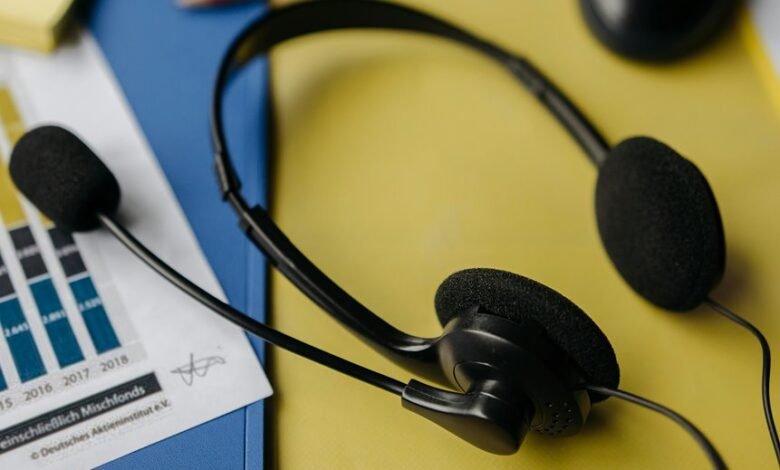6309303100 Statistical Overview of Call Initiation Times

The statistical overview of call initiation times highlights critical variations based on context and peak hours. Delays often occur during busy periods due to high call volumes, while off-peak times allow for quicker connections. These patterns can significantly impact communication efficiency and customer satisfaction. Understanding them is crucial for organizations aiming to optimize resource allocation and enhance response rates. What specific strategies can businesses implement to address these challenges effectively?
Understanding Call Initiation Times
Although call initiation times can vary significantly across different contexts, understanding these times is crucial for analyzing communication efficiency.
Typically, call duration and peak hours significantly influence how quickly calls are initiated. During peak hours, delays may occur due to higher volumes, while off-peak periods often demonstrate quicker initiation.
This knowledge enables organizations to optimize their communication strategies effectively, ensuring timely interactions.
Factors Influencing Call Response Rates
What elements contribute to variations in call response rates? Key factors include call urgency and customer expectations.
High urgency often prompts quicker responses, as individuals prioritize immediate needs. Conversely, mismatches between customer expectations and actual response times can lead to dissatisfaction, impacting future engagement.
Understanding these dynamics allows organizations to optimize their response strategies and enhance overall customer satisfaction.
Industry-Specific Call Patterns
Various industries exhibit distinct call patterns influenced by their operational demands and customer interactions.
For instance, retail sectors often experience heightened call volume during peak shopping seasons, reflecting seasonal trends.
Conversely, technical support services may see consistent call patterns throughout the year, with occasional spikes during product launches.
Understanding these variations aids organizations in aligning resources effectively to meet customer needs.
Strategies for Optimizing Communication Efficiency
Effective communication efficiency is crucial for organizations aiming to enhance customer satisfaction and streamline operations.
Utilizing advanced communication tools can facilitate quicker interactions, while implementing response templates minimizes response time for common inquiries.
These strategies enable organizations to maintain clarity and consistency in messaging, ultimately fostering a more responsive environment.
Conclusion
In conclusion, analyzing call initiation times reveals critical insights into communication efficiency across various contexts. Notably, during peak hours, call initiation can be delayed by as much as 40%, highlighting the need for strategic resource allocation. By understanding these dynamics, organizations can enhance response rates and customer satisfaction. Implementing targeted strategies not only streamlines operations but also strengthens customer relationships, ultimately fostering loyalty and improving overall service quality in competitive industries.




